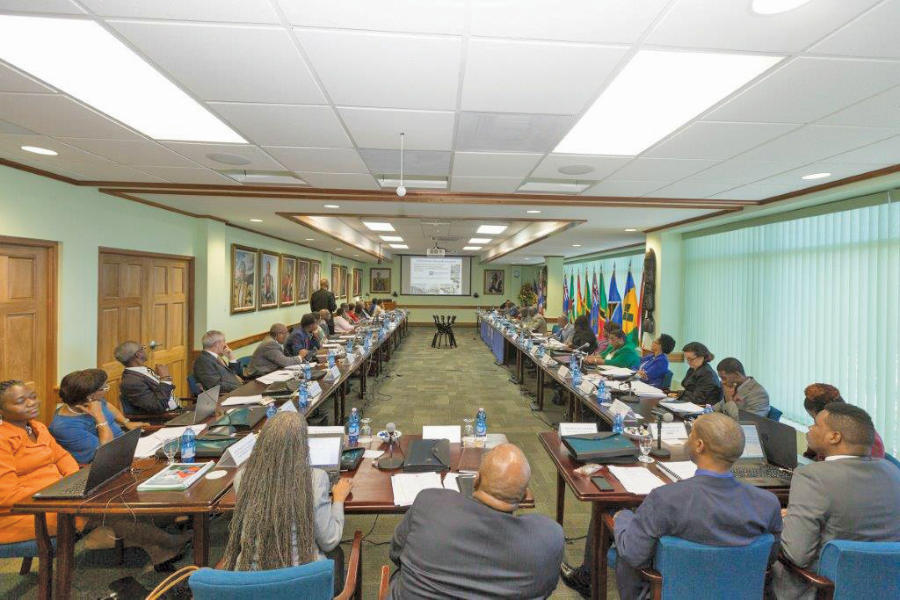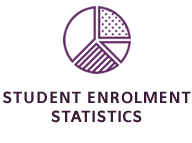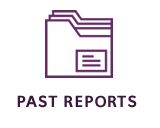Tuition Fees
For the academic year 2016/2017, tuition fees for UGC- funded programmes, increased at the Mona and
St. Augustine campuses by 6.1% and 5.3% respectively. Tuition fees at the other campuses remained at the 2015/2016 levels.
Broadening the Fund Base
The University continued to broaden its funding base by engaging in other income-generating activities which contributed 28% of its total income. The development of new self-financing teaching programmes continued. Some of these included full fee-paying programmes
in the faculties of Medical Sciences and Law, and have been generating resources to maintain the capacity of the University to respond to the region in various ways.
Other income-generating activities also included commercial operations such as rental of conference facilities, residential properties, halls of residence and facilities to concessionaires operating on the campuses.
An important area of engagement for The UWI with the wider community has been through its franchised programmes. The franchising arrangements allow colleges and other institutions across the Caribbean to offer university-designed and branded courses/ programmes to thousands of Caribbean students annually. While broadening access to higher education and ensuring quality is maintained, additional revenue can be earned from these franchise arrangements.
Summary of Consolidated Financial Performance
The Financial Report and Consolidated Accounts for the year ended July 31, 2017 was approved by the University Audit Committee on November 13, 2017. The operations of the University for the financial year 2016/2017 reflected a deficit of BDS$27.3 million (2016: BDS$19.8 million deficit). The deficit was mainly due to a change in the design of the FSSU supplementation scheme.
The sources of income for the year were: Government Contributions 46% (2016: 46%),
Tuition and Other Student Fees 14% (2016: 13%), Special Projects 9% (2016: 9%), Other Projects 21% (2016: 20%), Commercial Operations 7% (2016: 9%) and Other Income 3% (2016: 3%).
The categories of expenditure and their percentages of the total were: Departmental 44% (2016: 45%), Administrative
10% (2016: 10%), Central 17% (2016: 16%), Special Projects 8% (2016: 9%), Other Projects 15% (2016: 13%) and Commercial Operations 6% (2016: 7%).
Due to the budgetary constraints faced by the University, cost containment has always been a priority. Administrative cost has been kept at or below 10% of total expenditure across the University over the past 10 years. A key cost containment strategy
has been the enhanced use of technology. Other cost containment measures included management of staff, travel, energy and other operating costs.
Consistent with prior years, the Consolidated Financial Statements for the year ended July 31, 2017, received an unqualified opinion from the University's external auditors, KPMG.
Pension Administration
The University provides pension benefits for retired employees through the operation of two defined contribution plans: the Federated Superannuation Scheme for Universities (FSSU) for academic and senior administrative staff, and the other for non- academic staff. The University also provides a
third scheme which is a defined-benefit plan for administrative and technical staff at the St. Augustine Campus. Additionally, the University provides pension supplementation to members of the FSSU who would have met the specified criteria. However, as of August 1, 2005, the supplementation scheme was terminated for new members joining the FSSU. This was a cost-saving measure. Within the next
few years, a significant number of the academic and senior administrative staff will retire from the University. Management of the liability for pension supplementation payments is therefore a priority.
Risk Management and Insurance
The University recognises that with proper planning, forward thinking and the implementation of appropriate measures, issues that could endanger achievement of critical objectives can be minimised or mitigated. Risk management, therefore, remains a priority for the University.
Providing adequate insurance coverage at the
most affordable rates remains one of the primary vehicles in mitigating the University's risk exposure to damage by natural disasters and other unforeseen events. Discussions on alternative insurance options are ongoing, and the establishment of a University Captive Insurance Company is being explored.



 Meeting of Campus Grants Committees on April 10, 2017 in Barbados.
Meeting of Campus Grants Committees on April 10, 2017 in Barbados.



